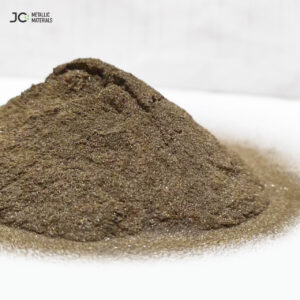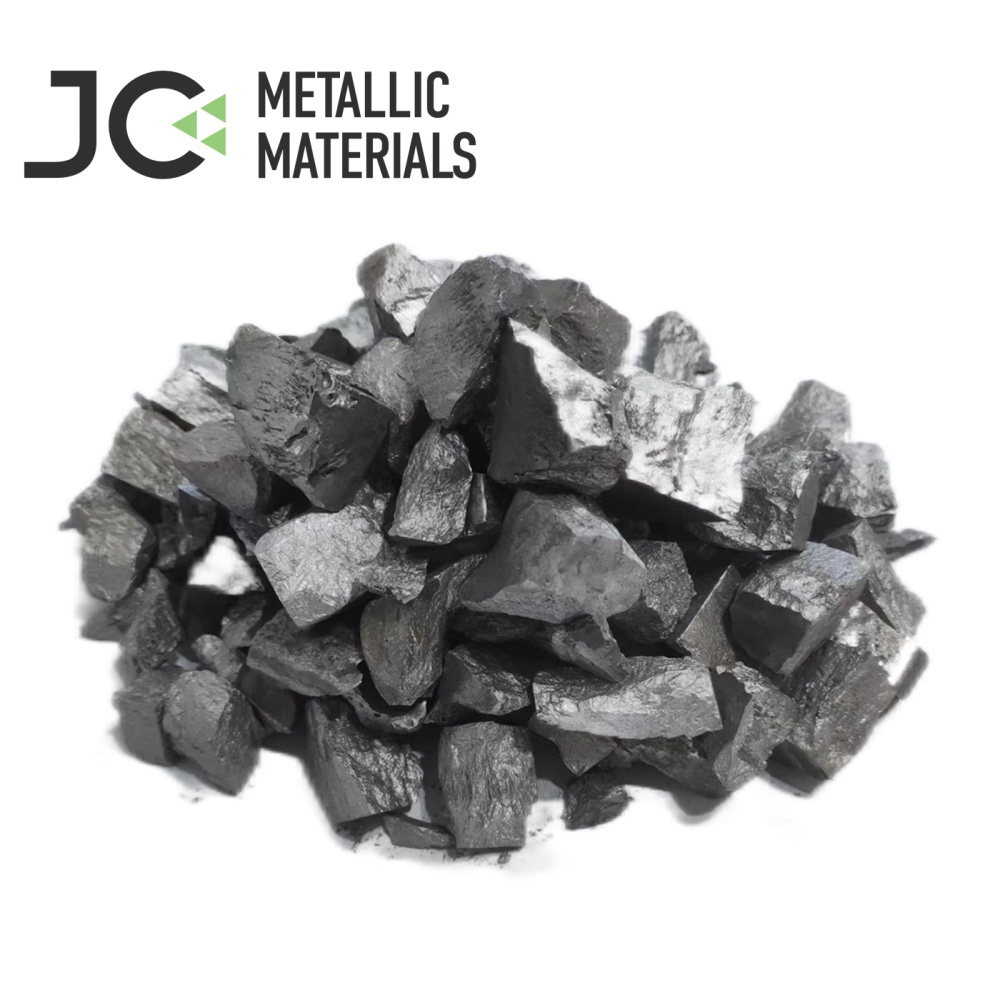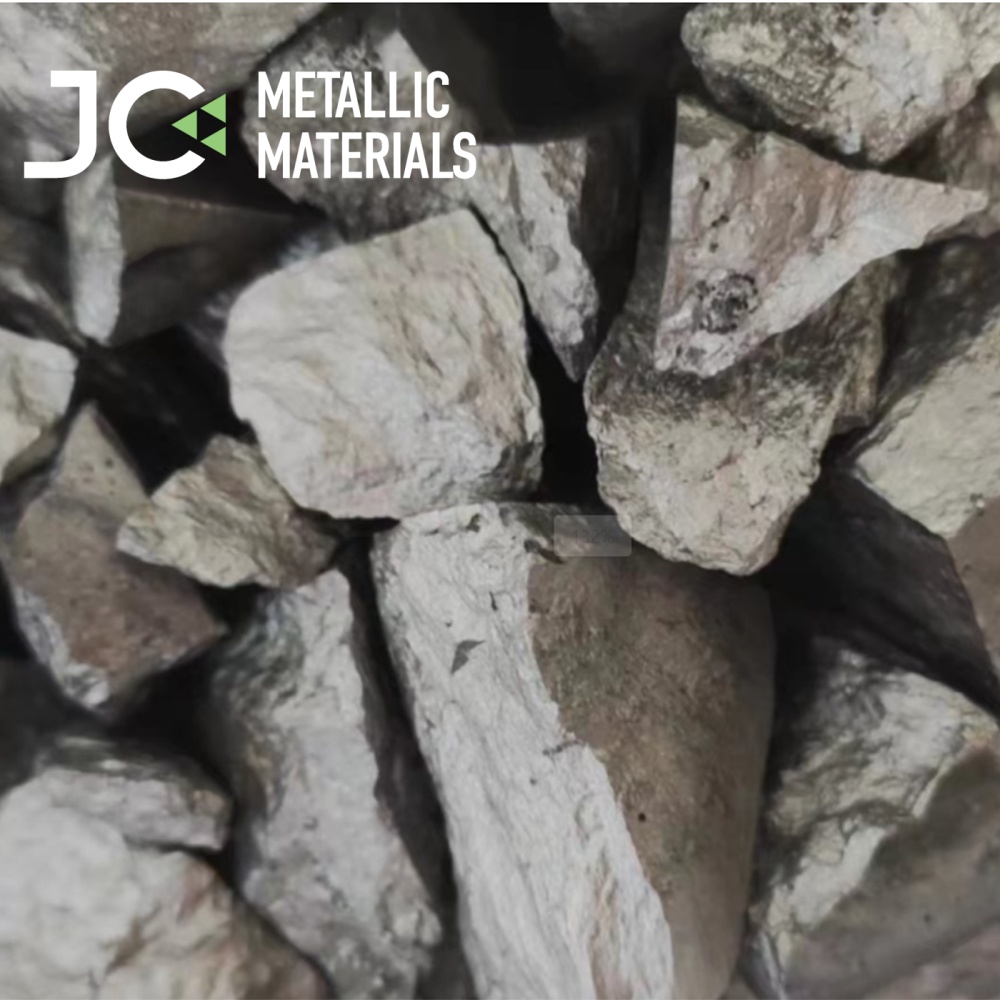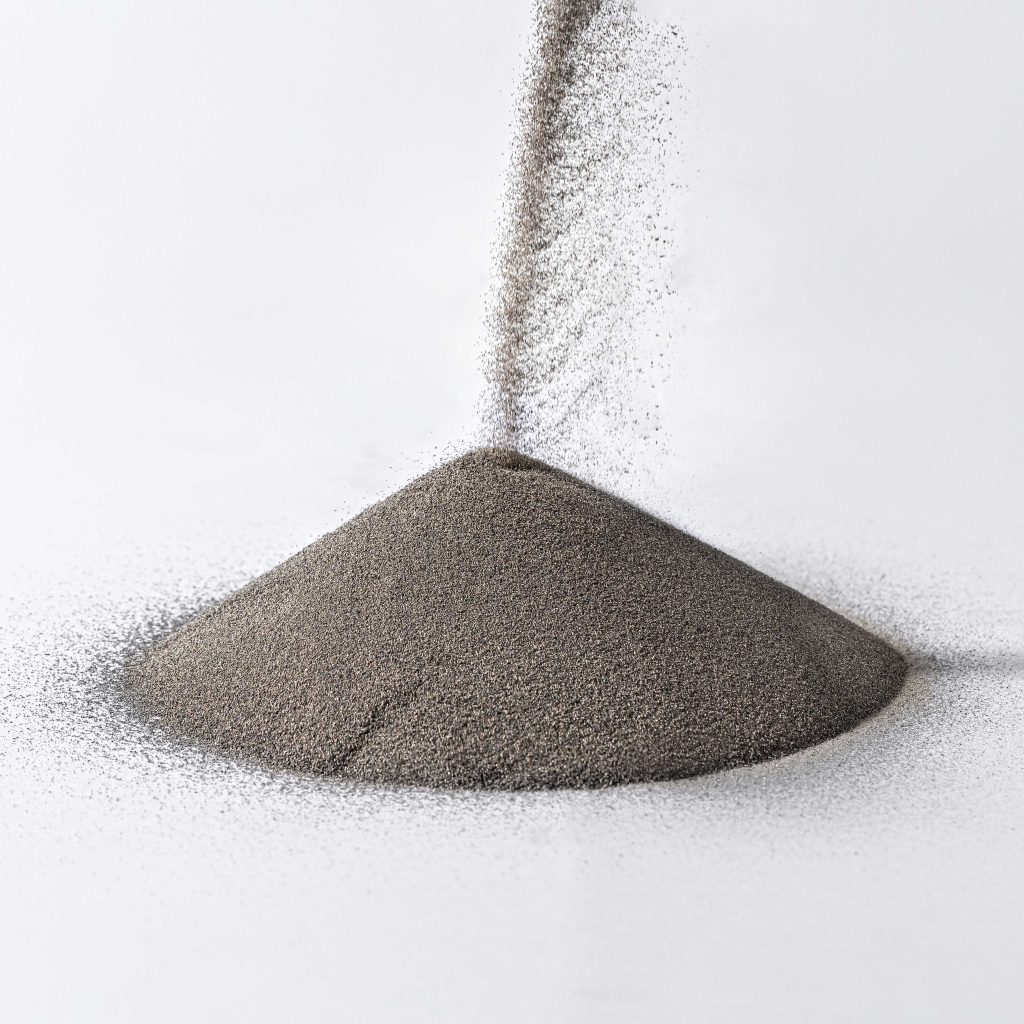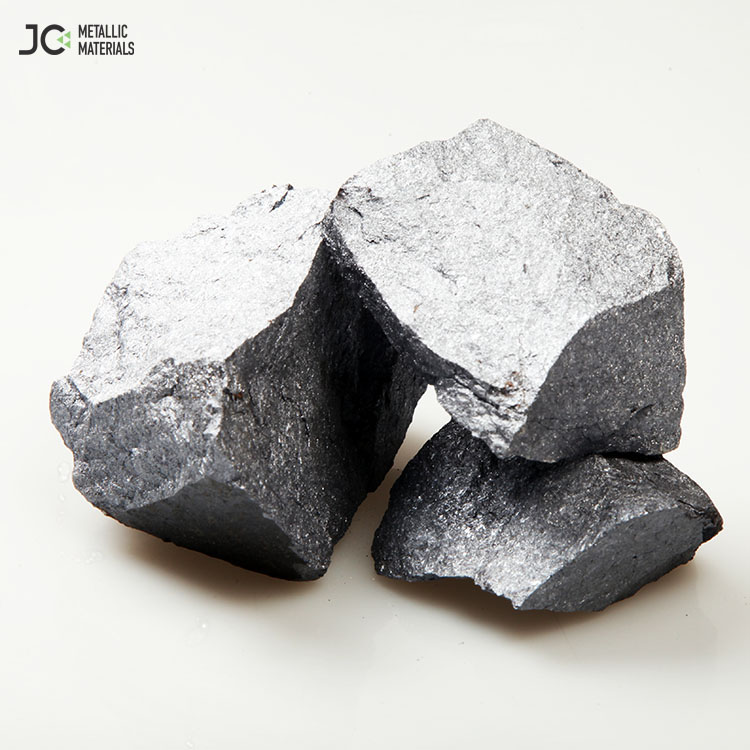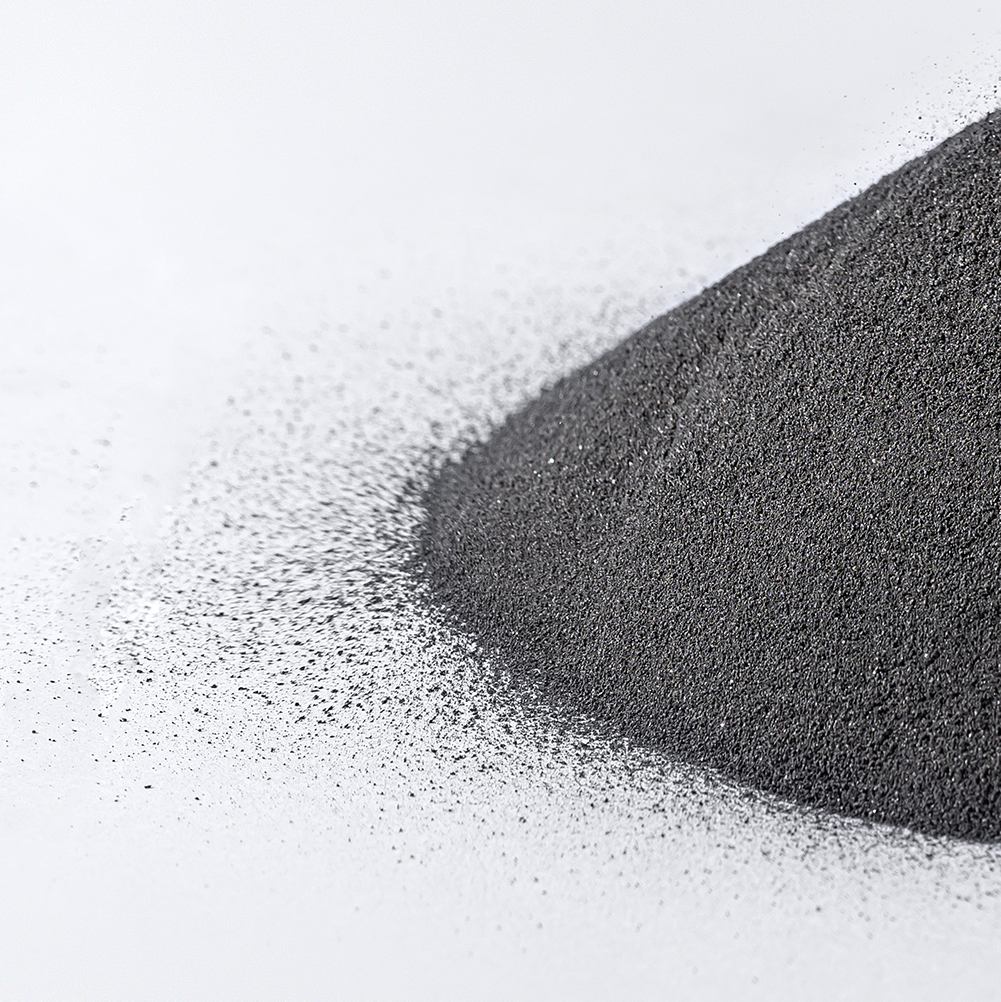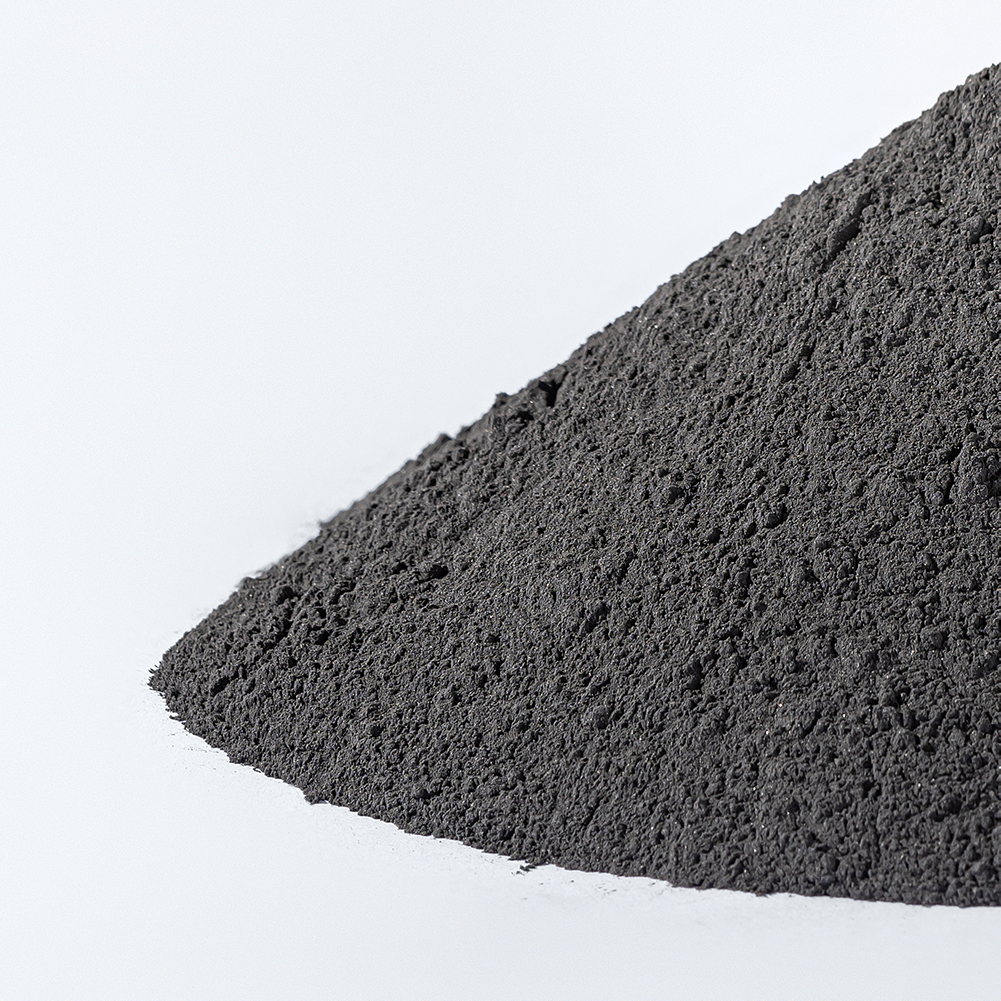
Boron Powder: Types, Industrial Applications, and Preparation Method
Boron powder is a versatile material derived from elemental boron. It is known for its hardness, thermal stability, and chemical resistance. It is available as amorphous or crystalline powders with a dark grey-black appearance. This powder can be found in many industries, including aerospace, electronics, defense and metallurgy, due to its ability to absorb neutrons and increase material strength.
This guide will briefly describe the different types of boron powder, its industrial applications, and the most common preparation methods. This guide will help buyers and engineers make better decisions when choosing and using boron in their processes.
What is a Boron Powder?
Boron is an extremely pure, finely ground form of elemental boron. It is known for its high melting point and thermal stability. It is available in both crystalline and amorphous forms. It plays an important role in many industries, including aerospace, metallurgy and nuclear energy. High neutron absorption, chemical reactivity, and high-performance alloys can be produced with its use. China’s boron suppliers are playing a major role in the global industrial boron market due to growing demand for high-tech and industrial applications.
Types of Boron Powder
Boron can be classified according to its structure, purity, and production methods. There are five main types:
1: Amorphous Boron
The powder has a dark brown or black colour and no distinct crystal structure. Due to its high combustible energy and fine particle sizes, it is commonly used for pyrotechnics and rocket propellants.
2: Crystalline Boron
This type has a well-defined crystal structure and is dark grey and shiny. It is more stable chemically than amorphous boron and is used widely in semiconductors and ceramics.
3: High-Purity Boron Powder
This boron powder is produced using methods such as electrolytic refining and chemical vapour deposition. It has a purity level of above 99.9%. This powder is used by industries like nuclear energy, aerospace and electronics, where contamination is a concern.
4: Nano Boron
Nano-boron is made up of particles smaller than 100 nanometers. It is used in advanced applications such as high-energy fuel additives and medical implants.
5: Boron powder isotopically enriched (B-10/B-11)
This form is a specialized version that contains a greater concentration of certain boron isotopes. Boron-10 is used in radiation shields and nuclear reactors because it has excellent neutron absorption properties.
Industrial Applications of Boron Powder
Boron is used in many industries because of its unique properties. Explore the main areas:
1: Aerospace and Defense
Due to its low molecular mass and high combustion temperature, boron powder is used as a solid rocket propellant and in high-energy fuels. It increases fuel efficiency and is used to make lightweight composite materials that are strong and durable for aircraft and missiles.
2: Nuclear Industry
Boron-10 powder enriched with boron is an excellent neutron absorber. It can be used to control nuclear fission and enhance safety in nuclear reactors.
3: Electronics and Semiconductors
In the production of diode components, semiconductors, thermoelectric material, and high-purity boron powders, it is essential to use crystalline powders. Boron increases the conductivity and temperature resistance of electronic devices.
4: Ceramics and Abrasives
Boron can be used as a raw material in ceramics, abrasives and other advanced products. It also contributes to hardness, durability and thermal resistance in materials used for cutting tools, armor plating and heat shields.
5: Metallurgy and Alloys
Boron is used in steelmaking and metal refinement to increase strength, hardness and corrosion resistance. It is used to produce specialty steels and composites made of metal matrix.
6: Medical and Pharmaceutical
Due to their biological interactions with human cells and tissues, boron compounds derived from boron are used for cancer therapy (boron neutron capture therapy) as well as bone-strengthening treatment.
Preparation Methods of Boron Powder
Production of boron powder is dependent on the purity desired and end use. Here are some of the most common industrial methods.
1: Magnesium Reduction Boron Halides
This is the most common commercial method for producing powder. This process involves the reaction of boron trichloride or boron bromide with metallic magnesium in an inert environment at high temperatures. Magnesium acts as a reducer, separating boron and halide into fine amorphous powder. By washing and purifying the magnesium chloride, the bromide byproduct is removed. This method produces boron that can be used in ceramics, metallurgy, and propellants.
2: Thermal Decomposition Of Boron Hydrides
This technique involves thermal decomposition of boron hydrides such as diborane (B₂H₆) at temperatures between 300 and 600°C in an atmosphere of hydrogen or inert gas. Decomposition produces hydrogen gas, which is used to produce ultra-fine, highly pure boron powder. This powder is often used for semiconductor manufacturing, ceramics of high purity, and advanced electronics components. This is the best method when particle size and purity are important.
3: Electrolysis and Molten Boron Compounds
Electrolytic methods include dissolving boron-containing compounds, such as potassium fluoroborate (KBF₄), in a molten salt bath while applying an electric current. The cathode will then deposit elemental boron. This technique is energy-intensive but produces crystalline borons with high purity. It’s suitable for high-tech niche applications such as aerospace components and advanced ceramics.
4: Carbothermic reduction of boron oxide (B₂O₃)
The traditional and cost-effective method involves using graphite (or carbon) to reduce boron oxide at temperatures higher than 1500°C. This method, while relatively easy to use, often results in boron that is lower quality and contains residual carbon or oxygen. This method is used when ultra-high purity of boron is not needed, for example in alloying and metallurgy.
5: Chemical Vapor Deposition (CVD)
CVD is an advanced, precise technique that can be used to deposit ultrapure boron powders or films. The thermal decomposition (like BCl₃ and B₂H₆) of boron-containing gases on heated substrates is carried out in a vacuum. This controlled process produces high-purity boron particles with precise particle size and shape. It is used in the nuclear, microelectronics and semiconductor industries.
Final Thoughts
Due to its high melting point and neutron absorption, boron powder is used by industries like aerospace, metallurgy and electronics. It is available in amorphous or crystalline form and is used to produce high-performance ceramics, semiconductors and high-performance alloys.
To ensure consistency, it is important to source from trusted suppliers such as Chengdu Jinchun Metallic Materials Co. Ltd. As industries continue to evolve, boron continues to be a critical component in driving innovation as well as supporting high-tech manufacturing requirements globally.
https://www.jinchunmetal.com/?s=Boron+Powder
